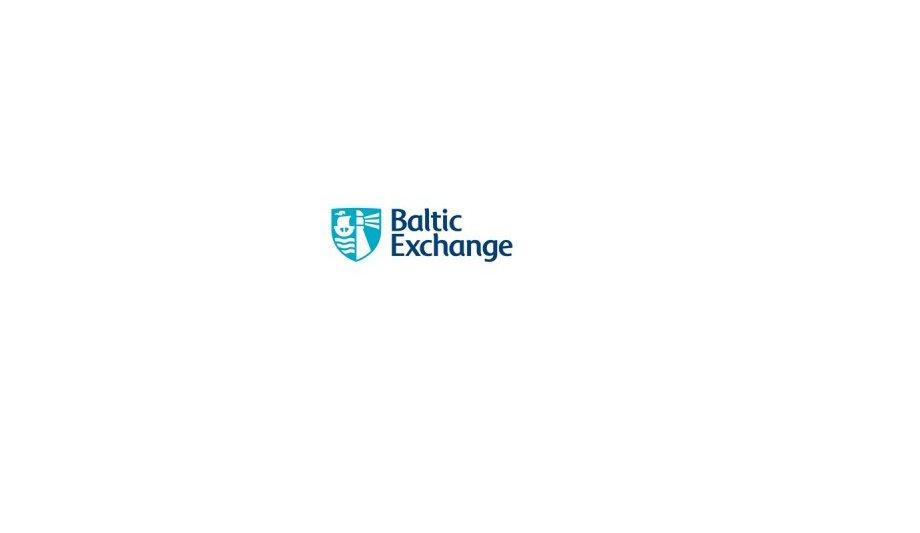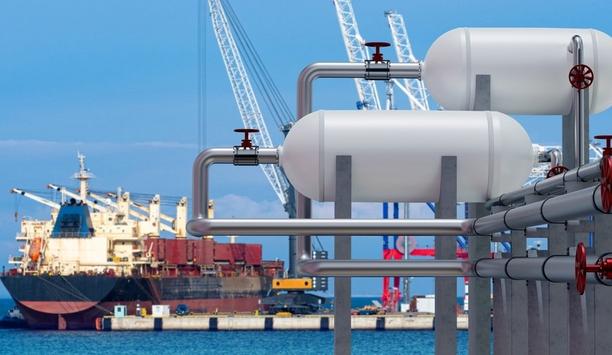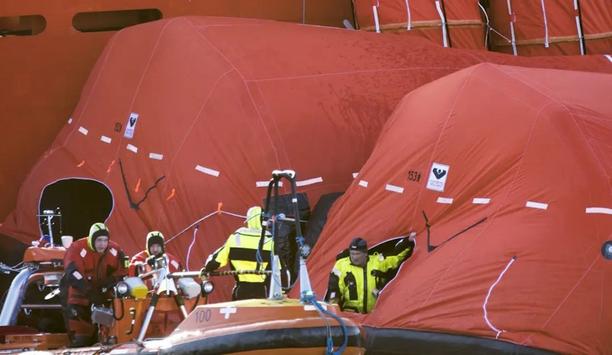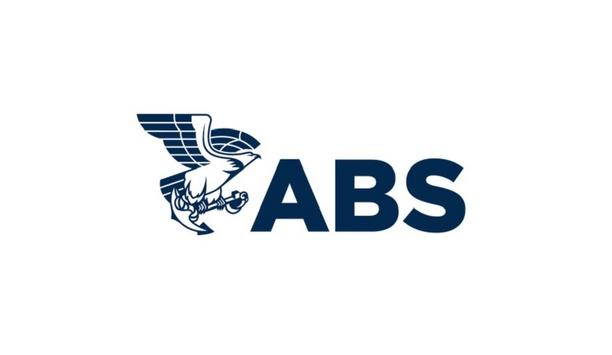Baltic Exchange has launched the maritime industry’s first-ever free Fuel Equivalence Converter, a reliable, easy-to-use digital calculator that helps owners, traders, brokers and charterers to navigate the complexity of the physical properties of the wide variety of marine fuels that are currently available on the market.
The Fuel Equivalence Converter is the latest resource provided by Baltic Exchange to help shipping players understand the cost and commercial implications of greener fuel options following the launch of its FuelEU Maritime Calculator in December 2024, which was then expanded to include biofuels in March 2025.
Traditional bunker and green fuel options
The converter enables users to compare the mass, volume and energy content of various traditional bunker
The converter enables users to compare the mass, volume and energy content of various traditional bunker and green fuel options in order to better understand how their bunker supplies would be impacted to achieve an equivalent energy level.
This type of data is critical for owners and operators looking to reduce their compliance costs or run their vessels on cleaner alternatives.
Range of potential fuel alternatives
“With a number of standard and alternative fuels available on the market, finding the conversion rates and energy ratios of all of the options in one place is incredibly difficult."
"As the range of potential fuel alternatives increase, this converter enables owners, charterers, traders and more to understand the physical properties and energy content by volume of each fuel type,” said Martin Crawford-Brunt, Emissions Lead at Baltic Exchange.
Fuel consumption of the Baltic standard
Fuel consumption of the Baltic standard ship is defined in terms of metric tonnes per day of marine fuel oil
“Finding viable fuel options for our specific trades and ship types requires informed, data-led decisions that are grounded in reality. Just as we have done with our other emissions-related calculators and resources, Baltic Exchange is helping the industry to cut through this complexity,” Crawford-Brunt added.
The fuel consumption of the Baltic standard ship is expressed in terms of metric tonnes per day of marine fuel oil. The Fuel Equivalence Convertor can be used to quickly find the volume or mass of an alternative fuel to provide a similar amount of energy.
Vessel’s bunker fuel storage
At present, the converter includes VLSFO, HFO, LFSO Crude, LFSO Blend, ULFSO, MDO & MGO, LNG, Ammonia and Methanol.
It also includes various unit types, including metric tonnes (mt), cubic metres (cbm) and MMBtu, enabling shipping players to understand how different fuel options will impact their vessel’s bunker fuel storage and management systems.
Baltic Exchange’s Fuel Equivalence Converter
Baltic Exchange’s Fuel Equivalence Converter shows that this vessel would require 38.4 mt of MGO
For example, the fuel consumption for a 300,000 dwt Very Large Crude Carrier (VLCC) at an eco-speed of 11 knots and in laden condition is 39.8 mt of VLSFO.
Baltic Exchange’s Fuel Equivalence Converter shows that this vessel would require 38.4 mt of MGO or 33.4 mt of LNG in order to achieve the same energy levels. Similarly, the converter shows that the same vessel would require 82.4 mt of methanol or 88.2 mt of ammonia to achieve the same level of output.
Baltic Exchange decarbonisation journey
“Understanding the potential impact on operations of the many alternative fuel options is crucial given the shipping industry must navigate the growing number of emissions regulations coming into force, successfully. By simplifying the process and providing this converter to the industry free of charge, alongside our other calculators, Baltic Exchange is doing its part to support decision makers with their decarbonisation journey,” Crawford-Brunt noted.
“As always, we look forward to feedback from the industry to understand more about how we can improve our tools and resources to make them more effective for real-world users,” he added.











